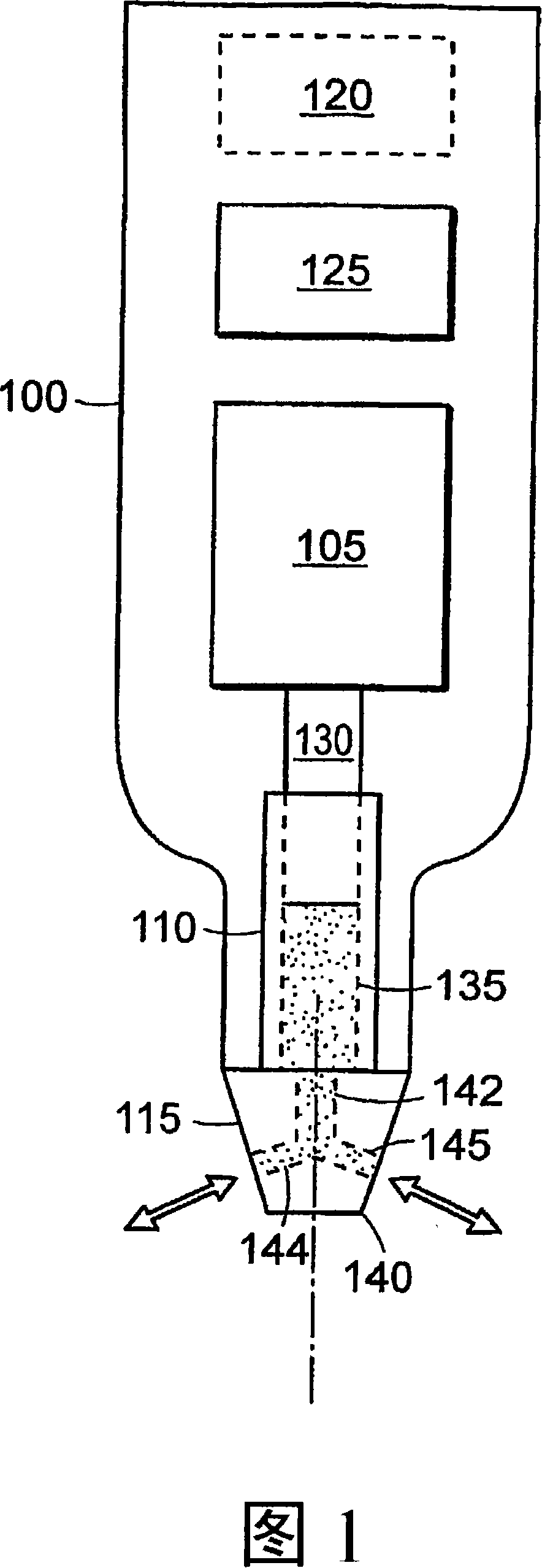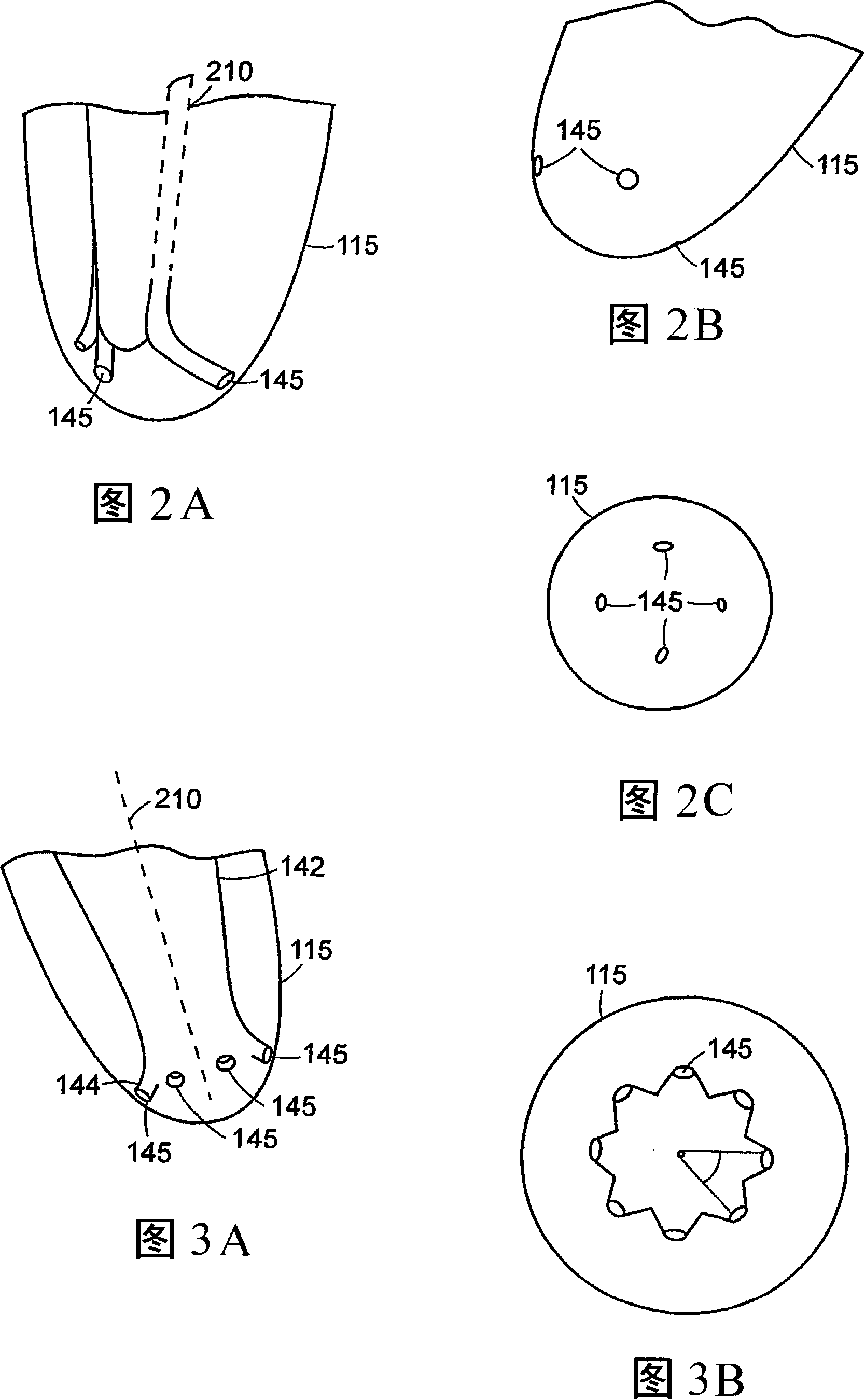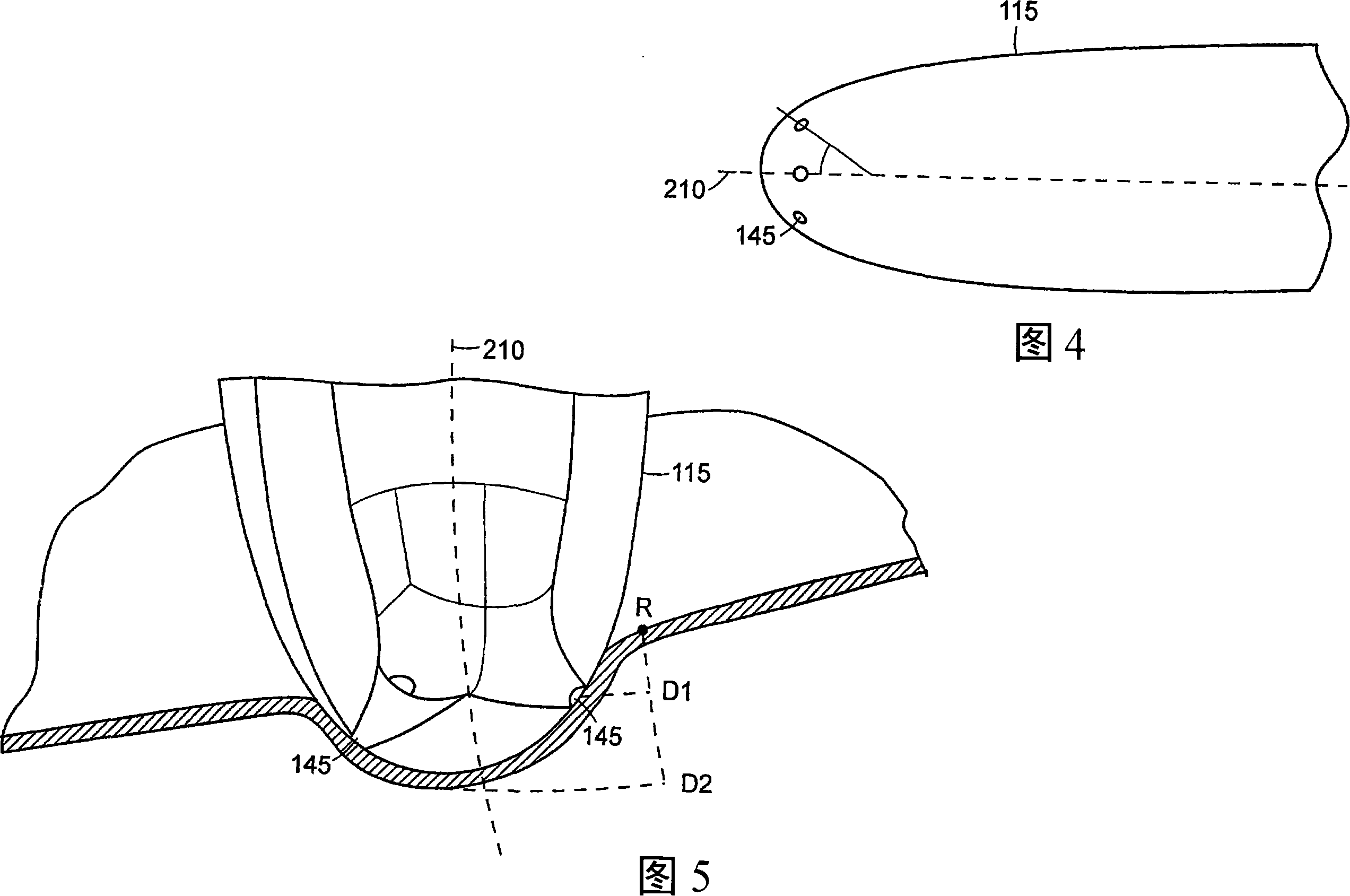Surface injection device
A delivery device, body surface technology, applied in the field of surface injection devices, can solve the problems of broken needles, embedded in animals, contamination, etc.
- Summary
- Abstract
- Description
- Claims
- Application Information
AI Technical Summary
Problems solved by technology
Method used
Image
Examples
Embodiment Construction
[0029] The following is a description of preferred embodiments of the present invention.
[0030] A percutaneous delivery device, or injection device, is configured to deliver a substance across the surface of an organism. Injection devices include devices having one or more needles (eg, hypodermic device needles) configured to pierce the skin prior to injecting a substance. Other injection devices are configured for injecting a substance under the skin without first piercing the skin with a needle (eg, needleless). It will be noted that the term "needle-free" as used herein refers to a device that injects without first piercing the skin with a needle. Thus, a needle-free device may include a needle, but the needle is not used to pierce the skin in the first place. Certain needle-free injection devices rely on a pioneer propellant expelled from the device to first pierce the skin. Other needle-free injection devices rely on the pressure provided by the drug itself.
[0031...
PUM
 Login to View More
Login to View More Abstract
Description
Claims
Application Information
 Login to View More
Login to View More - R&D
- Intellectual Property
- Life Sciences
- Materials
- Tech Scout
- Unparalleled Data Quality
- Higher Quality Content
- 60% Fewer Hallucinations
Browse by: Latest US Patents, China's latest patents, Technical Efficacy Thesaurus, Application Domain, Technology Topic, Popular Technical Reports.
© 2025 PatSnap. All rights reserved.Legal|Privacy policy|Modern Slavery Act Transparency Statement|Sitemap|About US| Contact US: help@patsnap.com



